
Code: 02743964
Genome annotation and finding repetitive DNA elements
by Renu Rawat
Bachelor Thesis from the year 2014 in the subject Computer Science - Bioinformatics, grade: 8.26, Lovely Professional University, course: b.tech honors biotechnology, language: English, abstract: As the number of genomes sequenced ... more
- Language:
 English
English - Binding: Paperback
- Number of pages: 44
Publisher: Grin Publishing, 2014
- More about this

You might also like
Give this book as a present today
- Order book and choose Gift Order.
- We will send you book gift voucher at once. You can give it out to anyone.
- Book will be send to donee, nothing more to care about.
More about Genome annotation and finding repetitive DNA elements
You get 127 loyalty points
 Book synopsis
Book synopsis
Bachelor Thesis from the year 2014 in the subject Computer Science - Bioinformatics, grade: 8.26, Lovely Professional University, course: b.tech honors biotechnology, language: English, abstract: As the number of genomes sequenced is increasing at high rate, there is a need of gene prediction method which is quick, reliable, inexpensive. In such conditions, the computations tool will serve as an alternative to wet lab methods. The confidence level of annotation by the tool can be enhanced by preparing exhaustive training data sets. The aim is to develop a tool which will read data from a DNA sequence file in the fasta format and will annotate it. For this purpose Genome Database was used to retrieve the input data.§§PERL programming has been put to develop this tool for annotation. To increase the confidence level of annotation the data was validated from multiple sources. Perl script was written to find the promoter region, repeats, transcription factor binding site, base periodicity, and nucleotide frequency. The program written was also executed to identify repeats, poly (A) signals, CpG islands, ARS. The tool will annotate the DNA by predicting the gene structure based on the consensus sequences of important regulatory elements. The confidence level of annotation of the predicted gene, non-coding region, ARS, repeats etc. were checked by running test dataset. This test dataset was annotated data as reported by genome database and computational tools. Gene prediction of the non-coding regions as reported by genome database (SGD) were performed by existing tools; the regions identified as non-coding by these tools were then analyzed for presence of repeats. The BLAST was used to annotate on the basis of sequence similarity with the already annotated genes.§§GeneMark.hmm and FGENESH were used for gene prediction. In order to validate the predicted results, annotations of genome of Saccharomyces cerevisiae from SGD Database, and output of different computational tools viz, Emboss-CpGplot, PolyAh, REPFind, Promoter 2.0 Prediction Server were compared with the output of developed tool. The output generated was also used for validation and checking sensitivity of the tool. Such tools reduce the cost and time required for genome annotation and bridge the gap between sequenced and annotated data. The output generated by the developed tool was also used for validation and checking sensitivity of the tool. Such tools reduce the cost and time required for genome annotation and bridge the gap between sequenced and annotated data.
 Book details
Book details
Book category Książki po angielsku Computing & information technology Information technology: general issues
51.51 €
- Full title: Genome annotation and finding repetitive DNA elements
- Author: Renu Rawat
- Language:
 English
English - Binding: Paperback
- Number of pages: 44
- EAN: 9783656659815
- ISBN: 3656659818
- ID: 02743964
- Publisher: Grin Publishing
- Weight: 68 g
- Dimensions: 210 × 148 × 3 mm
- Date of publishing: 03. June 2014
Trending among others
-
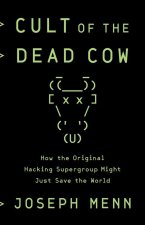
Cult of the Dead Cow
13.51 € -24 % -

Elements of Computing Systems
59.91 € -12 % -

Playful Production Process
55.61 € -
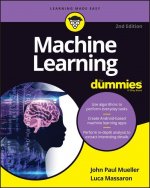
Machine Learning For Dummies, 2nd Edition
28.77 € -20 % -

Using SAP S/4HANA
30.72 € -1 % -

Founders at Work
27.54 € -11 % -

Mastering the Art of Unreal Engine 4 - Blueprints
16.89 € -

Scrum and Xp from the Trenches - 2nd Edition
27.03 € -

Fundamentals of Machine Learning for Predictive Data Analytics
83.16 € -

Introduction to Computation and Programming Using Python, third edition
77.94 € -

Heads-Up Online Poker Excellence Guide
13.92 € -

Back into the Storm
29.59 € -
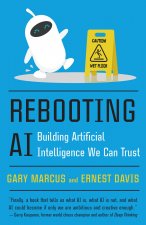
Rebooting AI
18.32 € -6 % -

Python Architecture Patterns
53.25 € -
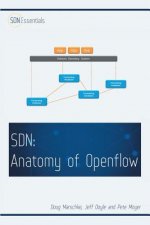
Software Defined Networking (SDN)
36.76 € -
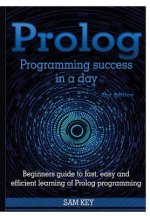
Prolog Programming Success in A Day
39.42 € -

AQA AS and A Level Computer Science
50.79 € -
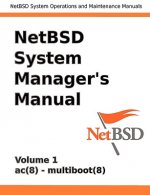
NetBSD System Manager's Manual - Volume 1
38.91 € -
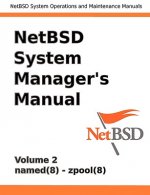
NetBSD System Manager's Manual - Volume 2
38.91 € -

Bpmn 2.0
31.44 € -2 % -

Technology Made Simple for the Technical Recruiter, Second Edition
18.02 € -19 % -
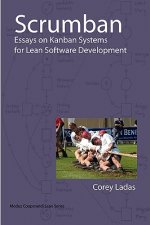
Scrumban - Essays on Kanban Systems for Lean Software Development
26.21 € -
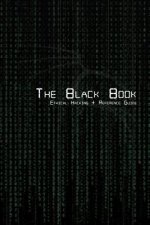
Black Book Ethical Hacking + Reference Book
37.17 € -

Guide How To Install Windows Xp Sp3 For Beginner (Edition 2018)
10.74 € -34 % -

IBM Lotus Quickr 8.5 for Domino Administration
45.47 € -9 % -

Information Technology
27.34 € -
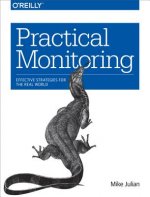
Practical Monitoring
24.78 € -21 % -
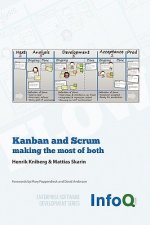
Kanban and Scrum - Making the Most of Both
29.80 € -

Beginning Blockchain
53.76 € -4 % -

Amazon Echo
40.86 € -

Ghidra Software Reverse Engineering for Beginners
47.41 € -

Debian Administrator's Handbook, Debian Jessie from Discovery to Mastery
58.58 € -

Oracle APEX Reporting Tips & Tricks
38.40 € -

Selenium Testing Tools Cookbook -
51.61 € -

Citrix XenDesktop & XenApp 7.7/7.8
106.93 € -

International Journal for Digital Art History
38.50 € -

Sell Like Crazy
52.95 € -
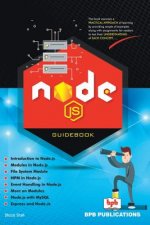
Node .Js
34.82 € -
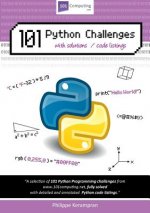
101 Python Challenges with Solutions / Code Listings
31.44 € -

IT Support Handbook
53.76 € -4 % -
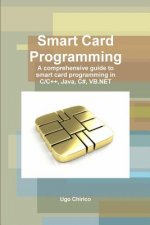
Smart Card Programming
42.09 € -
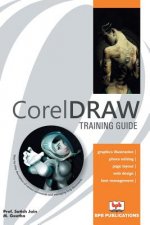
Coreldraw Training Guide
32.77 € -

Turing's Vision
19.86 € -15 % -

Ready-Made Visual FoxPro Applications for File Maintenance
19.45 € -
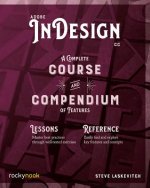
Adobe InDesign CC
44.65 € -12 % -

Prestashop 1.6 User Guide
43.42 € -

IT Project Management
21.60 € -

Information Technology: An Introduction
172.99 € -

ITIL Foundation Essentials
19.14 €
Osobní odběr Bratislava a 2642 dalších
Copyright ©2008-24 najlacnejsie-knihy.sk Wszelkie prawa zastrzeżonePrywatnieCookies








 Vrácení do měsíce
Vrácení do měsíce Zdarma od 49.99 €
Zdarma od 49.99 € 02/210 210 99 (8-15.30h)
02/210 210 99 (8-15.30h)